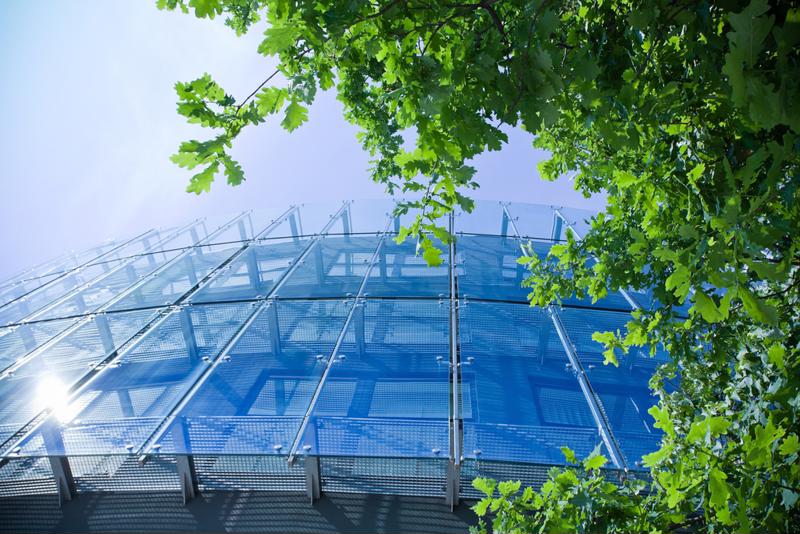
Your facade is the face of your building. It should enhance the look of the rest of your structure, welcome tenants and impress passersby. In addition to improving the appearance, some facades are load-bearing and are critical to the structural integrity of your building.
But whether your building's facade is purely decoration or important to keeping your building standing up straight, any damage to the facade can spell serious trouble. As New York residential building publication The Cooperator explained, facade damage is dangerous and can lead to plummeting building value.
"If left unattended, even seemingly minor facade issues can lead to significant damage, which in turn can lead to significant damage to your building's bottom line," The magazine explained. "In the most tragic of circumstances, crumbling facades that ultimately collapse can cause serious injuries (or worse) to residents and bystanders."
Facade damage must be addressed swiftly and accurately to avoid tenant dissatisfaction, potential law suits and personal injury. If you spot an issue on your building's facade follow these steps.

1. Assess the damage with knowledge of your building
You likely know your building better than anyone else, but how knowledgeable are you about the engineering aspects of the structure?
If you spot a crack or leak coming from your facade as part of your regular monitoring, it's important that you analyze this damage with the knowledge of how your facade interacts with the rest of the building. This may require you to call in a structural engineer.
Depending on if the facade is load-bearing or simply aesthetic, it can help you decide how dangerous the damage is to tenants, how likely further damage is and where the most risk lies. Often facade damage only results in water damage. While expensive, it doesn't present the same danger as other structural issues.
2. Thoroughly document the issue
"Take photographs and write dated reports on the damage its progress."
Once you notice a problem arise, it's important to start documenting the problem in great detail, Buildings magazine explained. These documents – photos, video, reports, memos, correspondence – can be helpful in deciding how to approach the problem as well as determining the cause. It is especially important in new construction where builder error may have caused the damage.
"[Document] where water is seen, how much, and under what conditions (rainfall, wind speed and direction, dates and times). Documentation helps to identify the causes and provide evidence for possible litigation. Maintain repair records and invoices to help establish an owner's diligence in mitigating damages," the magazine advised.
3. Call in the repair experts and update your facade
Once you find and establish the problem, the next step is having it repaired. Depending on the scope of the damage and structural importance of the facade, repair may come in the form of complete reconstruction or well placed sealants.
Buildings magazine explained that quick identification and repair is the best way to avoid broader repairs. However, if you or your repair experts proceed without following the original intent of the facade, you may risk further damage. For example, sealants shouldn't be applied in ways that restrict the originally designed drainage.
After serious damage, buildings will often need to change the facade completely. Georgia-based Fox Building Company explained that building managers may want to consider completely replacing or changing a facade after water, fire or storm damage, as well as to improve holes in the building's envelope.

4. Use preventive maintenance to avoid further problems
Once your facade is fixed or replaced, it's important to keep it in good shape and avoid more problems with regular maintenance and cleaning.
Talk to Clean and Polish Building Solutions about having your facade surveyed, caulked, cleaned and sealed. Clean and seal to prevent dirt and grime from building up, moisture from penetrating your building and rust from taking hold on your structure. Not only can caulking and cleaning keep your facade attractive and looking new, it may also help prevent small issues that quickly balloon into hundreds of thousands of dollars worth of damage.


